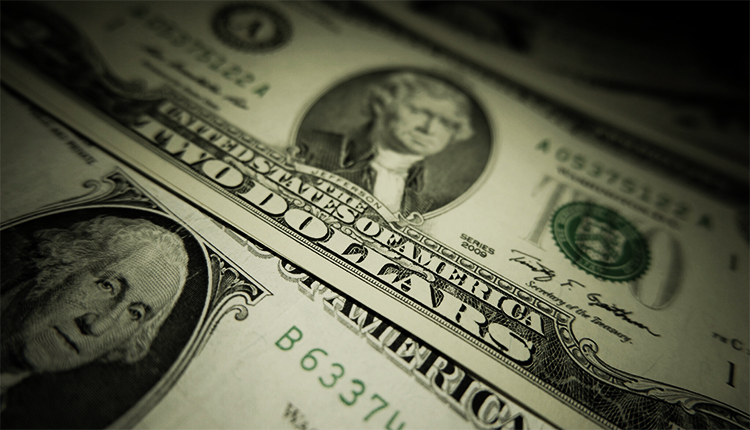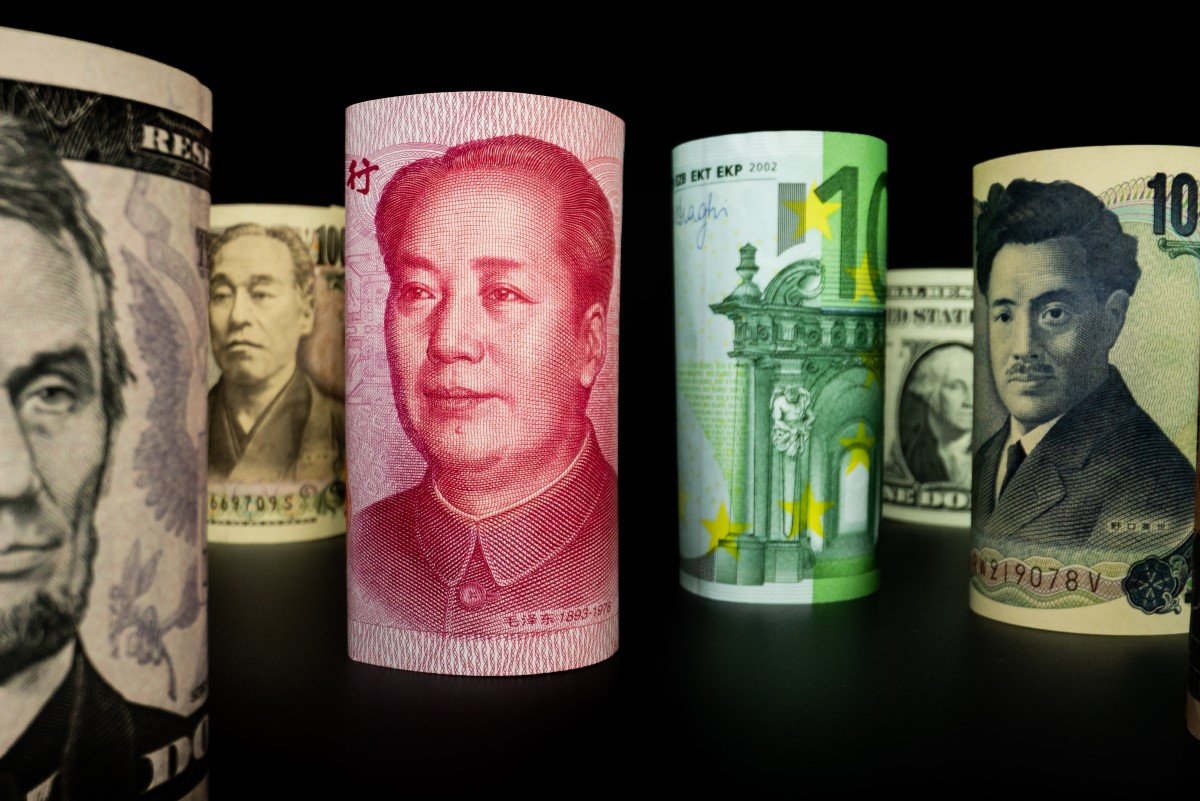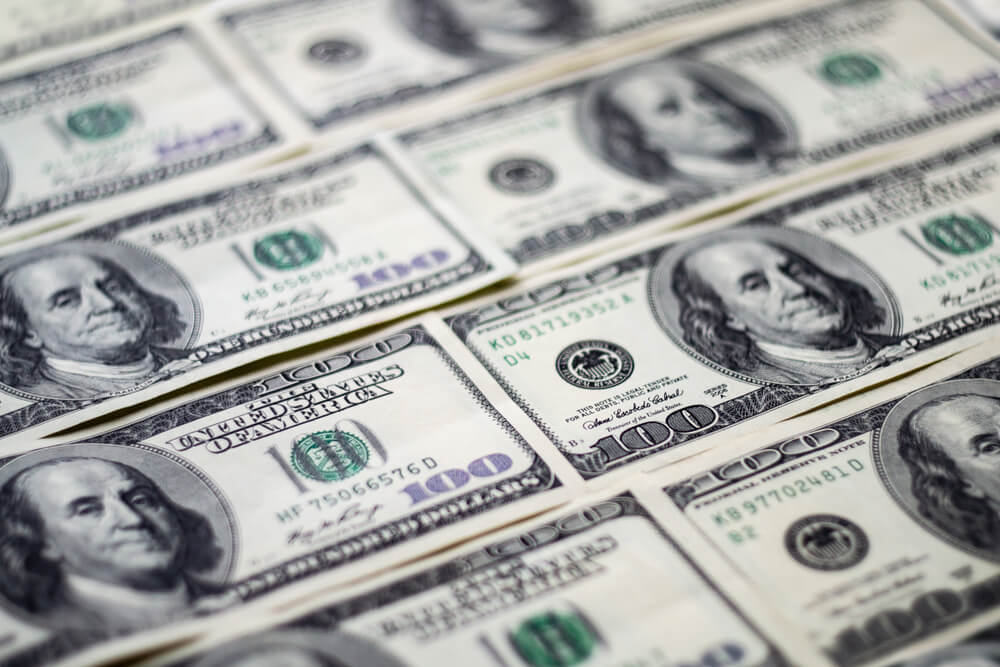Let us check the market. Against the United States dollar, the euro rose to a 1-month high. The sterling reached a fresh 3-week high. Scandinavian currencies touched 1-month highs as well.
Rallies in riskier assets, such as global commodities and equities, put a dent in safe-haven demand for the United States’ currency. Thus, on Thursday, the United States dollar fell against most currencies.
Investors of all stripes raised positions in Chinese stocks. This was because of the growing signs of a recovery in the world’s second-largest economy. Thus, against the dollar, China’s yuan rose to a four-month high.
German export data failed to meet analysts’ expectations. Thus, after this, the euro was up by 0.2% at $1.1355.
Earlier, the common currency jumped to a one-month high of $1.1371.
The British pound increased by 0.3% to $1.2647, a three-week high.
Moreover, in the offshore market, the Chinese yuan soared to a four-month high of 6.9808. Thus, against the dollar, it was last up by 0.2%.
Dollar and Others
Investors shrug off diplomatic tensions between Beijing and China. Instead, they focused on China’s attractive technology sector and its improving economy. As a result, China’s currency has been a star performer.
After a seven-month trough against the dollar, which was set on May 27, the yuan has risen around by 2.3%.
Jeremy Stretch works at CIBC Capital Markets. He is the head of G10 FX strategy.
With the blue-chip CSI300 index soaring to a five-year high on Thursday, Chinese shares continued their recent rally.
Stretch said that their bias for the current quarter is a 2% to 3%-dollar depreciation, and they see no reason to change that. Moreover, they added that the United States currency must fall. This is because the supply from the Federal Reserve rises. Also, the euro is poised for some modest upside gains on the back of the forecasted euro-zone recovery fund.
This is the current news of the market.














